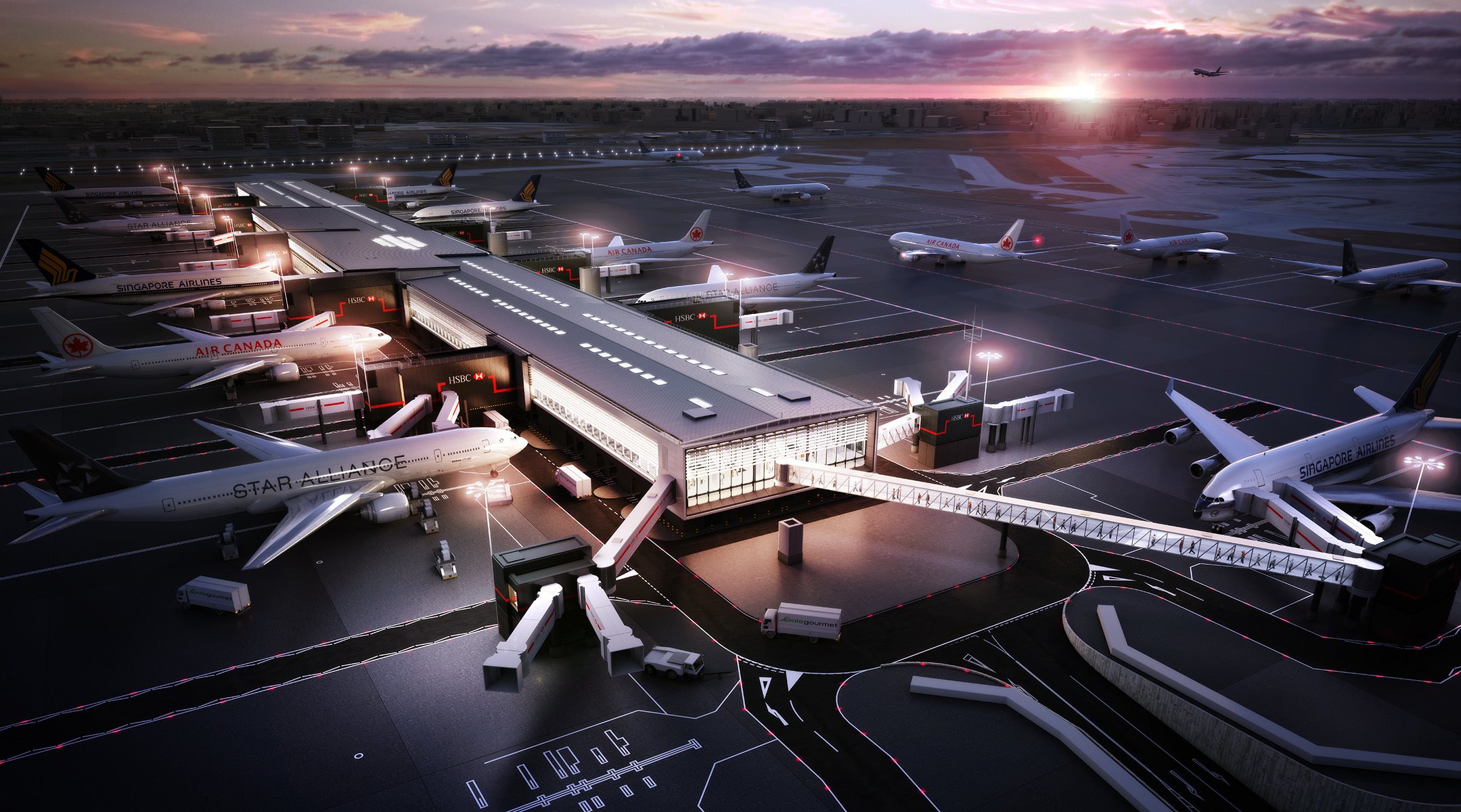Use no-build solutions to optimise airport capacity
Phil Vigor, principal airport planner
The steady pace of globalisation, improved prosperity in the emerging markets and a growing world population are all driving up the need and desire for air travel. Reports by Airports Council International (ACI) and the International Air Transport Association (IATA) show that global passenger numbers will more than double in the next 20 years, from 3.5bn in 2015 to an estimated 7.4bn in 2034. Over half this growth will be in the Asia-Pacific region alone.
Many countries have factored global aviation growth into infrastructure planning, with a number of airports able to handle over 100M passengers a year in planning or construction, such as Hong Kong and Changi. In the UK, plans for a third runway at Heathrow will bring much needed capacity to the south-east, while Istanbul New Airport – set to be the world’s biggest – is destined to become an aviation hub for travellers from Europe, Asia and the Middle East, with a capacity of up to 150M passengers a year.
However, many airports have little room for physical expansion, and there are often limited resources and space to build whole new airports to accommodate the expected growth in passenger numbers. But there are a number of ‘no-build’ solutions that will help to improve efficiency at existing airports, providing much needed extra capacity without the financial and environmental costs and disruption associated with terminal expansion.
Optimise queuing systems
Longer roller beds at security increase the number of passengers which can be processed while parallel queuing reduces the downtime between one passenger completing a process and the next one starting it. These small efficiencies add up to sizeable gains over the course of a day.
Optimise staff rosters
It is normal practice to only open all facilities during peak periods. This sometimes means that additional facilities are only opened once there is a queue – which is too late. Opening facilities even 30 minutes before the queues start to build will bring additional capacity online and avoid congestion in the first place.
Improve signage and wayfinding
Congestion at airports is not always down to limited space. Routes to check-in desks, waiting areas, bathrooms and shops should be clearly signposted to minimise crowding. While this does not result in additional capacity, it does enhance the passenger experience.
Rearrange airline allocation
Economies of scale can be achieved by moving airline partners and alliances together so they share facilities while also streamlining the transfer of passengers and bags between flights.
Consider the local culture
The dynamics between passengers and those they meet on arrival (escorts or family) changes from place to place. In some countries it is customary for a large number of family members to welcome their loved ones and to remain on the arrivals concourse for a long time. Where this is the case, a dedicated social space adjacent to the arrivals area will help to prevent congestion.
Make the most of smart infrastructure
Maximising the use of data-based monitoring and visualisation platforms can identify causes of congestion and highlight possible solutions.
Design for the long-term
It’s crucial to consider whether or not the proposed solution makes the best use of available technology and takes account of emerging trends. Recommending expensive changes to infrastructure that quickly become outdated will not deliver best value to clients.
Don’t forget systems resilience
Doubling the capacity of five security lanes may have a similar effect to adding five new lanes in terms of passenger flow, but if one lane becomes unserviceable, then twice the capacity is lost. Make sure efforts to increase capacity are sustainable and that they don’t compound the problem in case of failure.
The growth in passenger numbers over the next two decades is an opportunity for airport operators to increase profits and for governments to increase tourist numbers and business activity. But it also represents a risk if airport infrastructure is unable to cope with increased traffic. Where new-build solutions are not feasible, use no-build solutions to improve and extend the service of existing airports.




